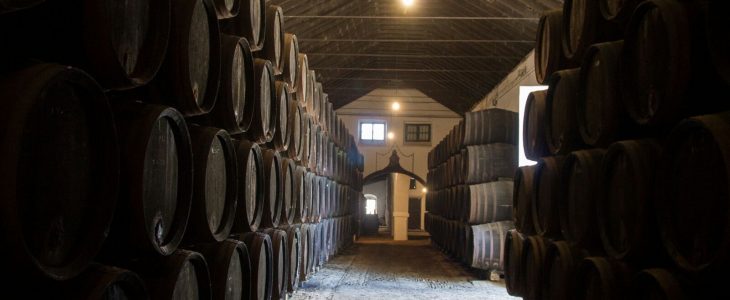¡Tu carrito está actualmente vacío!
Introduction to Wastewater Treatment in Wineries

The treatment of wastewater is one of the points of conflict between wineries and wine industries and the Administration, being one of the main sources of sanctions by the authorities.
The sanctioning activity on the part of the Administrations is very intense, although the level of awareness in the care of the environment, on the part of the wine companies is very high.
The requirement in the treatment of wastewater makes it essential that all wineries have an engineering specialized in water treatment.
We will understand the importance in water treatment if we take into account the concentration of this type of industries in our area, with the eventual damage that can occur, in general, if there are small discharges in each of them. The wine industries are concentrated in specific territories and especially along hydrographic basins, so they are co-responsible for maintaining the water conditions of these channels.

Wastewater in wineries: variability
Wastewater from wineries has a defining characteristic that makes it different from those present in other industries: its variability. Variability in two ways:
- In the amount of discharges:the amount of water or discharges vary greatly throughout the year, being much more intense in the seasonal moments that wine work occurs. And we can even find how the amount of spills varies greatly from day to day or from hour to hour.
- The different composition of the discharges:the discharges have different pollutants at each of the moments, due to the variety of tasks that are carried out in a wine industry. For example, at the time of the harvest there will be a lot of organic load.
Composition of wineries poured
However, most of the pollutants in the discharges of a winery will be organic. In particular we will find the following large groups:
- Elements of the grape and the vineyard: nuggets, the so-called scrapes, grape skins or even earth.
- Clarifying agents used in the winemaking process: either albumin, caffeine or any type of clarifying element.
- More soluble substances but that come from the wine process such as sugar, alcohol or some types of polyphenols.
- Chemical components derived from auxiliary processes:
- Soaps or some disinfectant elements used for cleaning tanks or the cellar itself.
- Fats from machinery or specific tools, although their component is usually very low.
- Residues even of phytosanitary products due to treatments that the grapes have received or due to the washing of the equipment with which they are administered.
- Mineral residues that come mostly from the fermentation process that the wine may have followed.
 Surely after having seen this list of compounds you have come to the conclusion of the variability that we exposed you previously because each of them occurs at a different time of life in the winery.
Surely after having seen this list of compounds you have come to the conclusion of the variability that we exposed you previously because each of them occurs at a different time of life in the winery.
They are even generated in different parts of the winery being able to differentiate different treatments for the water depending on the origin of the discharges, or add additional elements to the water that comes for example from the area of deposits.
The variability and difference of each of the compounds, including the different configuration of the wastewater according to the procedures followed in a specific winery, make it necessary for specialists to analyze the specific case. Without being able to serve a standard procedure for all of them.
Types of wastewater treatments from wineries
Treatments are going to be physical, physicochemical and biological. Most often, we find a specific combination of each of the types of water treatment. Although we can group them into these types.
Let’s explain each of them a little! This way you can understand it better.
- Physical treatment:it is the one that in the winery will be aimed at separating the largest waste from the rest of the landfill. For example, to separate the scrapes that are introduced into the water or the skins. For example, a sieving process can be considered a physical water treatment process.
- Physicochemicaltreatment: these are purification processes that will be carried out through the use of both aspects. They will generally be intended to remove suspended particles found in water but still «easily» separable, such as oils or relatively small suspended particles. The process, to understand it is usually the following: certain chemicals are added that cause the particles to group and separate in one way or another, from the rest of the discharge. Examples of this type of process are coagulation or flocculation.
- Biological treatments:these are treatments that help the metabolic activity of certain microorganisms for the elimination of contaminating components. Among them we can find: aerobes, anaerobes and antoxics.
In the following post we will be dealing with different aspects of water treatment, both residual and drinkable. Don’t miss them!
Always remember to have professionals in water treatment. You will avoid contaminations that can affect the environment, your plantations and also administrative sanctions!
Ask us for a quote without obligation


